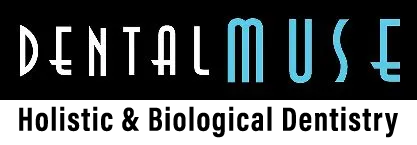The safety of mercury in dental amalgam fillings has been a topic of debate and scrutiny for many years. Dental amalgam is a mixture of various metals, with mercury being one of the components. While mercury is indeed toxic in its elemental form, it is bound within the amalgam mixture in a chemical form that is less readily absorbed by the body.
The rationale for considering dental amalgam safe by many dental authorities and organizations, including the American Dental Association (ADA) and the World Health Organization (WHO), is based on its chemical stability. The mercury in dental amalgam forms a stable compound with other metals like silver, tin, and copper, creating a less volatile material. This reduces the release of mercury.
However, it's essential to consider individual factors, such as allergies or sensitivities, when deciding on dental materials. Many patients may have concerns about the potential health effects of mercury exposure, and in such cases would benefit from SMART.
In biological dentistry, SMART stands for Safe Mercury Amalgam Removal Technique. This approach is followed when removing dental amalgam fillings all of which contain mercury. The SMART protocol emphasizes safety measures to minimize the release of mercury vapor and particles during the removal process. The acronym SMART, in this context, highlights the importance of specific steps and precautions to protect both the patient and the dental professionals involved in the procedure.
The SMART protocol at Dental Muse includes measures such as
- using a rubber dam to isolate the tooth being worked on
- providing the patient with a nasal mask supplying medical-grade oxygen to prevent inhalation of mercury vapors
- using not only high-speed intraoral suction but also high-speed extraoral evacuation to remove mercury-contaminated air
- proper protection of the patient's hair, face, and body from mercury exposure, and
- ensuring proper disposal of removed amalgam material as hazardous waste.


